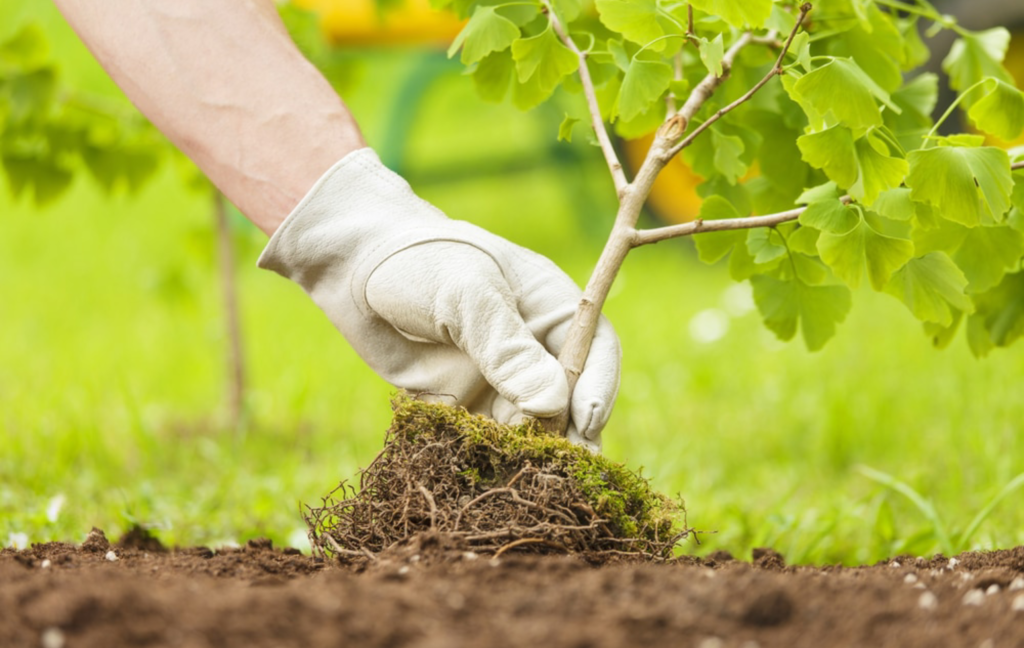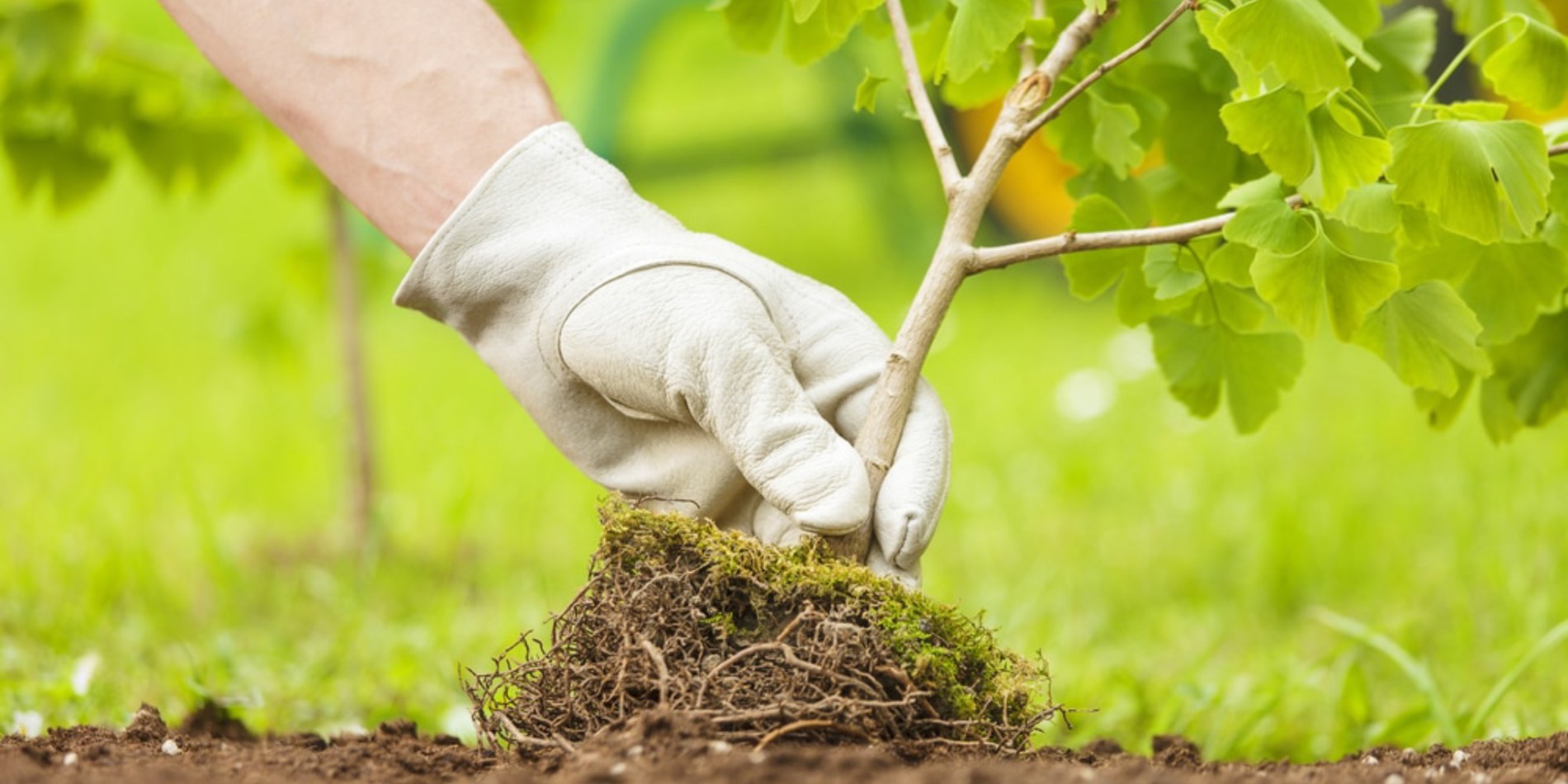
Introduction: Are you looking to breathe new life into your outdoor space? Adding new plants and trees to your landscape can transform it into a vibrant, thriving oasis. In this guide, we’ll explore the benefits of incorporating new greenery into your yard, along with tips for selecting the right plants and trees for your climate and soil conditions. Whether you’re aiming to create a colorful flower garden or establish a shady retreat with majestic trees, we’ve got you covered.

Benefits of New Plants and Trees: Adding new plants and trees to your landscape offers a multitude of benefits beyond just aesthetic appeal. Trees provide shade, reduce energy costs, and improve air quality, while plants attract beneficial pollinators and create habitat for wildlife. Additionally, strategically placed greenery can help control erosion, reduce noise pollution, and increase property value.
Selecting the Right Plants and Trees: When choosing new plants and trees for your landscape, it’s important to consider factors such as your climate, soil type, sun exposure, and space constraints. Research native species that are well-adapted to your region’s growing conditions, as they will require less maintenance and be more resilient to pests and diseases. Take into account the mature size of trees and shrubs to ensure they won’t outgrow their allotted space.
Planning Your Planting Layout: Before heading to the nursery, take some time to plan your planting layout. Consider the overall design of your landscape and how different plants and trees will complement each other. Group plants with similar water and sunlight requirements together to create low-maintenance garden beds. Pay attention to seasonal interest, incorporating a mix of plants that provide blooms, foliage, and structure throughout the year.
Preparing the Planting Site: Proper site preparation is essential for the success of new plants and trees. Start by clearing the planting area of weeds, rocks, and debris, and amend the soil with organic matter to improve drainage and fertility. Dig planting holes that are slightly wider than the root ball and at the same depth as the container or root ball.
Planting and Care Tips: When planting new plants and trees, handle them with care to avoid damaging the roots. Water thoroughly after planting to settle the soil around the roots and reduce transplant shock. Mulch around the base of plants to conserve moisture, suppress weeds, and regulate soil temperature. Provide regular watering, especially during the establishment period, and monitor for signs of stress or disease.
Conclusion: By incorporating new plants and trees into your landscape, you can create a beautiful and sustainable outdoor environment that enhances your quality of life. With careful selection, planning, and care, you can enjoy the many benefits of greenery for years to come. So roll up your sleeves and get ready to enhance your landscape with the beauty of new plants and trees—it’s time to bring your outdoor space to life!
Last modified: April 30, 2024



